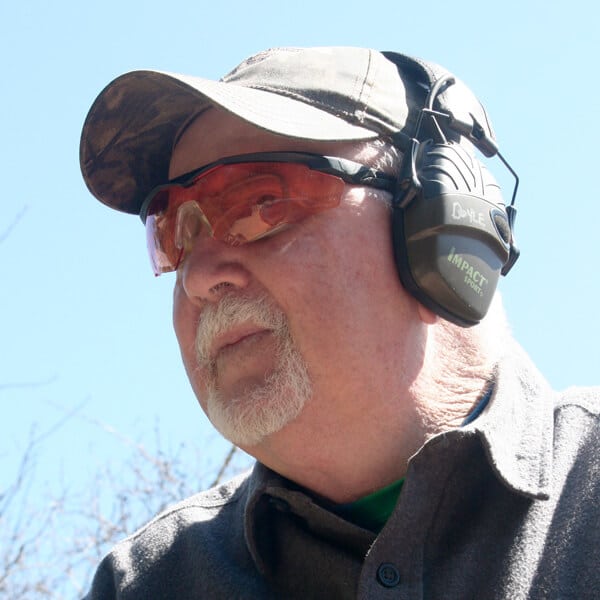The Threat Zone: Will Your Gun Lose This Fight?
June 2nd, 2022
7 minute read
Editor’s Note: The statements reflected in this piece are the author’s opinion and do not constitute legal advice. Get adequate self-defense training and familiarize yourself with your local laws.
A concept we can probably all agree on is that conflict in the unforgiving, cruel world is unpredictable. No two scenarios are exactly alike, and elements such as if any weapons are visible, the number and size of the subject(s), terrain, lighting conditions, and the possibility of escape are just some of the dynamics that can come into play.
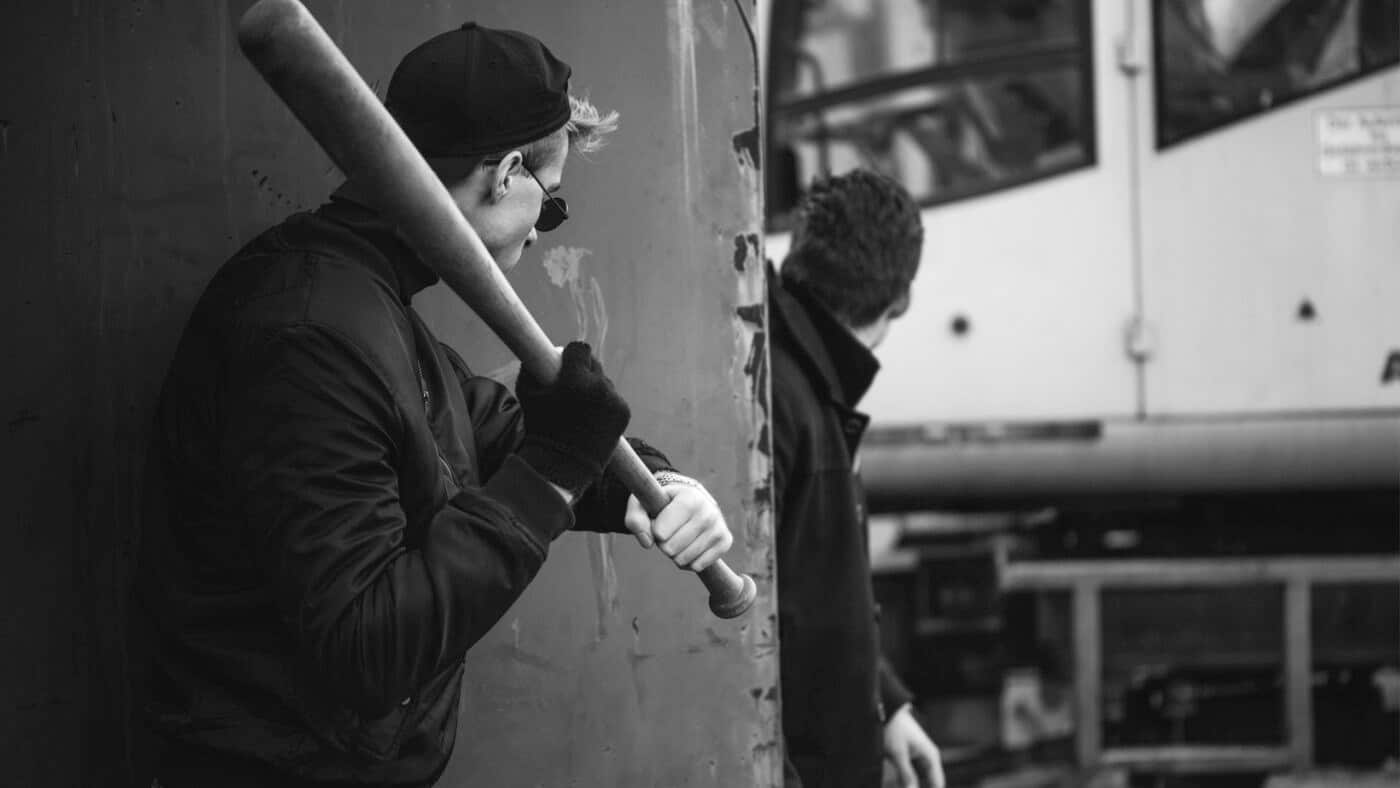
But one thing is always true — someone menacing you with a firearm is a deadly threat out to extended distances. However, people view knives or clubs as less-lethal threats. The reality is quite different, though. So, the question you should probably ask is, at what distance does a knife or a club represent a lethal threat to your safety?
Determining the Threat: The Tueller Drill
Almost 40 years ago, that very question was addressed to Dennis Tueller of the Salt Lake City Police Department. At the time, Tueller was a sergeant involved in the training of new police officers, and this question by a trainee caught him off guard. But he planned to find out.
His research, which involved numerous officers, determined that the average adult male could close a distance of 7 yards somewhere between 1.5 and 2 seconds. If a subject was armed with a knife, it was highly likely that they could close the gap before an officer could draw his pistol and fire two shots before being stabbed or cut. A summary of Tueller’s findings was published in SWAT magazine in an article called “How Close Is Too Close”.
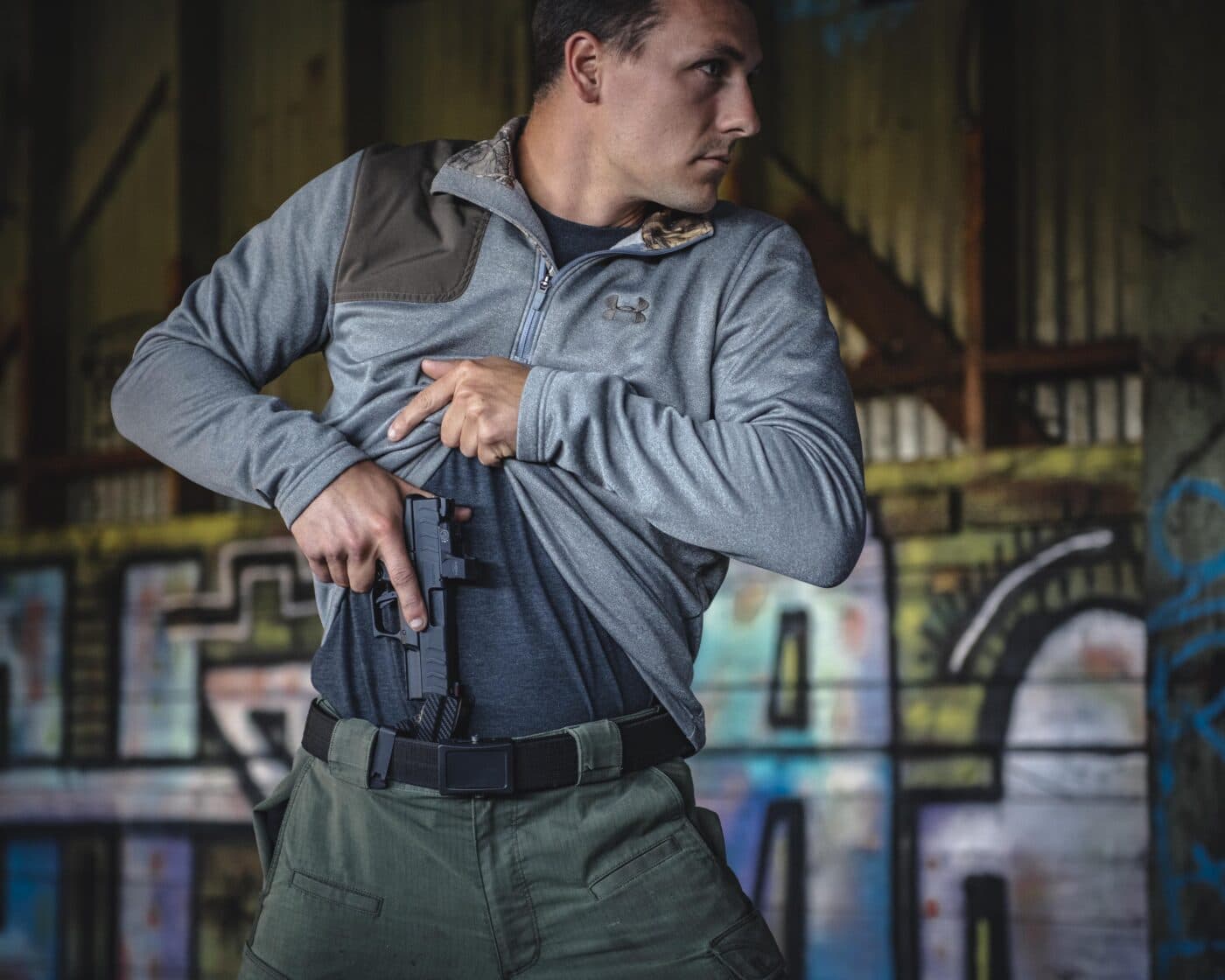
To say the least, this article had a profound effect on the law enforcement community. Like many officers, it certainly caught my attention. Starting at that time and continuing to this very day, officers often participated in a “Tueller Drill” during training where individuals were timed covering a distance of 7 yards simulating a knife attack.
Elapsed times were compared the interval it took an officer to draw and fire two center hits, and the results were often discouraging. The fact of the matter was that inside of that 7-yd. distance, officers were very vulnerable. It was extremely likely that an assailant’s attack would succeed before an office could draw and fire.
In certain quarters, this became known as the “21 Foot Rule”, and it would justify an officer shooting an assailant armed with a knife, club or sword inside the danger zone. At best, this is an over-simplification and there are other parameters that must be assessed before getting the green light to say a use of force was justified.
While Tueller’s groundbreaking research is still discussed and debated in law enforcement training, it is not and has never been etched in stone.
Guiding Principle — Not a 21′ Rule
Law enforcement officers receive extensive training at the recruit level and frequent updates on use of force throughout their careers. In the four decades that have elapsed since this subject first came to light, police use-of-force rules have evolved quite a bit.
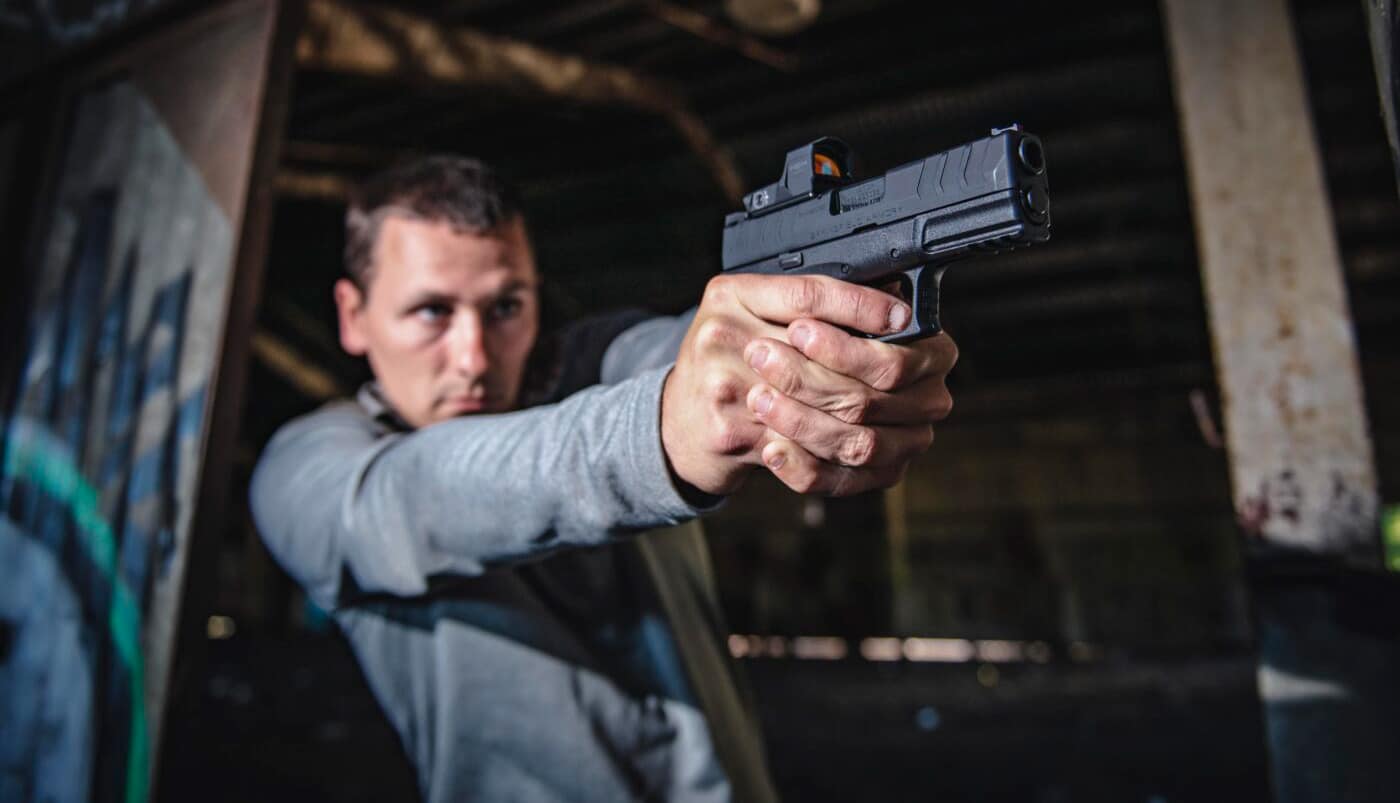
Scenario-based training where role players and officers participate in highly stressful simulations that help refine judgmental skills are now widely utilized. If and when possible, restraint has become the order of the day. Ideally, resolving a situation without shooting is the preferred outcome, but that’s not always in the cards.
But what about the armed citizen who is not afforded the same training opportunities but is just as entitled to lawful self defense? Unlike law enforcement officers, citizens are not in the business of confronting people. And while the risk is somewhat diminished, it is still out there. A common example might be a mentally disturbed individual causing a disturbance in close proximity to someone practicing the concealed carry of a pistol.
There is absolutely no question that a person holding an edged weapon or a bludgeon can close a 7-yd. gap and invade your personal space in about a second and a half. Even if you possess the skill to draw and fire a pair of shots in that compressed timeframe, real life is far more complicated.
Exactly what does the subject’s body language suggest and what are they saying? The simple fact that a person is armed with a knife or a club and is inside our danger zone should not automatically be construed as a green light to shoot.
Generally speaking, certain conditions must be met before resorting to deadly force, and this is true for both law enforcement officers and the armed citizen. Clearly, a subject armed with a club or edged weapon has the ability to kill or inflict serious bodily injury. Should you find yourself in close proximity to a subject so armed, there is the opportunity for him to bring that destructive power to bear.
However, the more difficult part of threat assessment is determining the subject’s intent. Is this an emotionally distraught individual caught up in the aftermath of a domestic incident? Perhaps we are dealing with someone who is drunk or under the influence of drugs. But should that individual be acting in such a manner as to create an immediate and unavoidable danger of death, they have created an element of jeopardy which may justify the use of deadly force.
In my use of force classes, I also discuss the concept of preclusion. Preclusion can be defined as the act of preventing something from happening. My number one priority when confronted by someone armed with a knife is to not get cut. The ideal outcome would be getting clear of the situation without resorting to deadly force. Unfortunately, escape or using a lesser measure of control is often outside the realm of possibility, but it has to be considered.
Train for Success
In order to prevail in any street confrontation, you need to maintain a level of tactical alertness. Stay switched on! Spotting potential danger and avoiding it remains the best course of action. Trust your instincts and if something doesn’t look right, it probably isn’t. Cross the street or use another door.
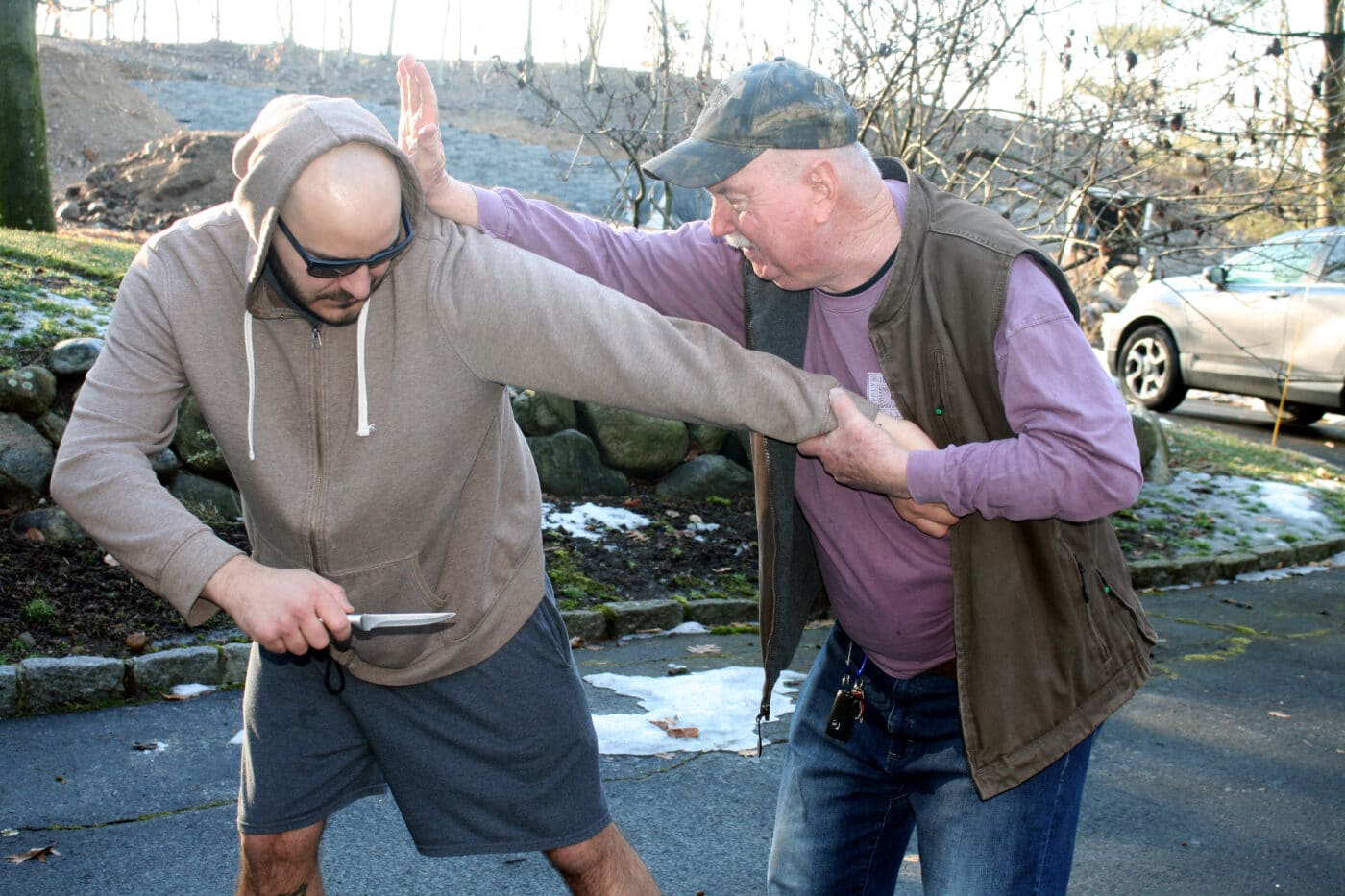
You may however, find yourself in a situation you simply can’t avoid. Before it reaches critical mass, try to get yourself to a position of advantage. Stepping behind some sort of obstacle such as a trash can or a piece of furniture may buy you a precious second or two because your assailant no longer has the ability to attack in a straight line. This just might give you enough time to get your higher power into play.
Movement remains your friend. Understand that you cannot back up faster than your assailant can move forward. Quickly moving laterally or on an oblique angle may afford you the time you need to draw and fire. The ability to shoot and hit while moving remains a key to success.
Understand there is nothing magic about 7 yards. If your gun is concealed under multiple layers of clothing, the danger zone can be even greater. By all means, practice the draw stroke with the handgun, clothing and holster you actually wear. The good news is that this can be accomplished off the range in the comfort of your home. Be absolutely sure your gun is unloaded (check it twice!) and there is no live ammunition on your person or in the immediate area. A little bit of time practicing the drawstroke will pay dividends when you do get the opportunity for live fire.
Inside the Perimeter
A harsh reality is that a deadly threat sometimes manifests itself well inside the danger zone. Quite frankly, one would need world-class skill and quite a bit of luck in order to prevail in a spontaneous edged-weapon attack in close quarters.
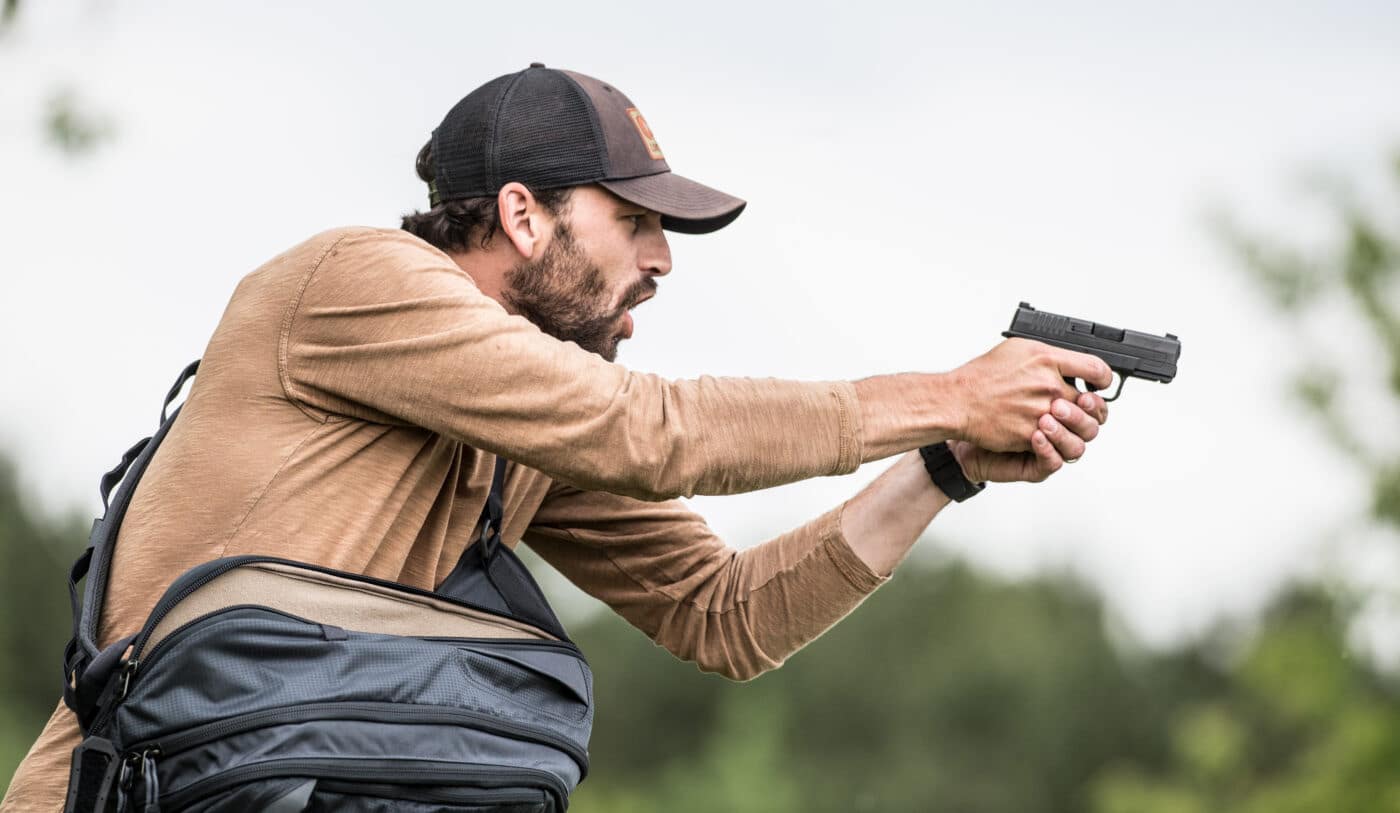
Under the best of circumstances, it takes us about a half-second to perceive the element of danger. An initial response with the handgun represents wishful thinking and, at best, we might end up in a tie. A better outcome may be achieved with an immediate empty hand response to delay or temporarily disable the assailant so you can draw and fire.
Most armed conflict continues to unfold at relatively short-range and, on the surface, the marksmanship side of the equation may not be that challenging. Threat assessment can be far more difficult, particularly in a fast-breaking, confused situation when things have unfolded when you least expect it.
Practice mental imaging and consider the “what ifs”. What if the subject is 20 feet away, holding a knife and making verbal threats? What would I do? Do I draw my gun and verbalize? Move behind an obstacle or attempt to escape? How about if he took a few aggressive steps toward me with an upraised knife? The possibilities are endless, but it’s best to consider them during a quiet moment.
Conclusion
The mental process remains just as important as the mechanical aspects of shooting. If we delay, we might be killed or seriously injured. Should we shoot without justification, incarceration and financial ruin becomes a reality, among other things. No matter what the distance, be absolutely sure before you press the trigger. There is no rewind button.
Editor’s Note: Please be sure to check out The Armory Life Forum, where you can comment about our daily articles, as well as just talk guns and gear. Click the “Go To Forum Thread” link below to jump in!
Join the Discussion
Continue Reading
Did you enjoy this article?

 324
324





